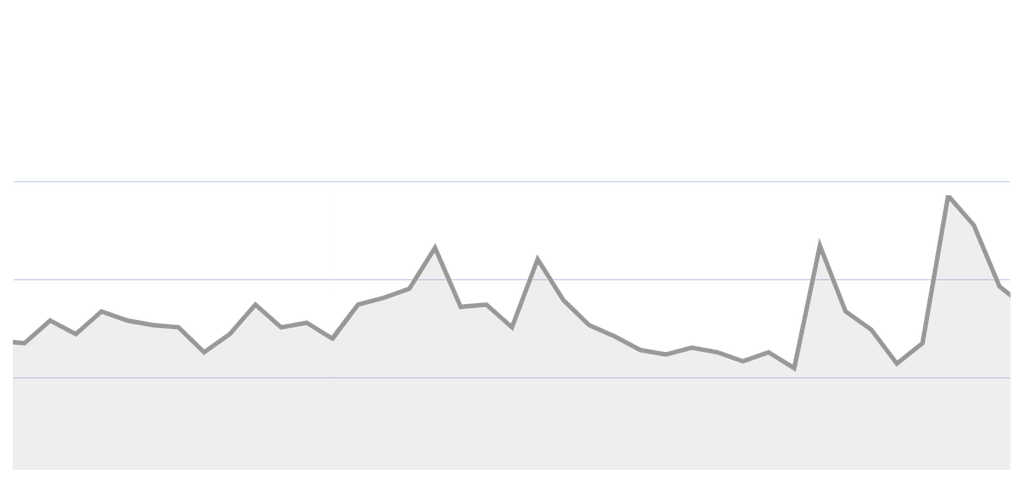What is Dog of Elon (DOE)?
The Dogs of Elon project started as a meme token, but it then grew into a budding ecosystem that is composed of NFTs. It also grew to become a brand identified for charitable works, using the blockchain to ensure transparency and fairness. Although the original creators and developers of the project have moved on, it eventually became a community-driven effort. The Dogs of Elon NFT collection is one of the key elements of the project. The DOE token is an ERC-20 token that was the native asset of the ecosystem. On the DOE price chart featured above, you can see the current Dogs Of Elon price.
However, in December 2022, the Dogs of Elon crypto project started rebranding to Kudoe. Together with changing the name and the design of the project, in January 2023, Kudoe also released a new token – KDOE. Only the name of the NFT collection remained the same. Together with the rebrand and the new native token, the project focused on developing the DOE Rangers game and expanding the ecosystem further.
Use Cases of Doe Tokens
The DOE coin was used in all transactions within the ecosystem. Also, holders of the DOE crypto assets were able to participate in the highest decision-making body of the platform – the Dogs of Elon DAO. Finally, holders were able to stake their DOE tokens to generate more tokens. To see the current DOE price and its recent movements, check out the live Dogs of Elon price chart above.
After the release of KDOE tokens, all DOE token holders were airdropped KDOE tokens at a 1:1 ratio. The old DOE token contract and tokens were discounted and declared worthless after the airdrop was finished.
Who Founded Dogs of Elon?
The original team members of the project have chosen to remain anonymous. This was done to further deepen the decentralization idea of the platform. Besides, as mentioned before, the founders stepped back from the project and left it in the hands of the community.
Tokenomics of DOE
There is a maximum supply of 1 billion DOE tokens. 30% of the tokens were allocated to centralized exchanges, while 30% were kept as locked staking rewards. For liquidity purposes, 15% were reserved while 7.5% were kept as locked incentives. These tokens had a strict unlocking schedule. This was done to reduce inflation and massive sell-offs, as well as to maintain DOE price stability.











